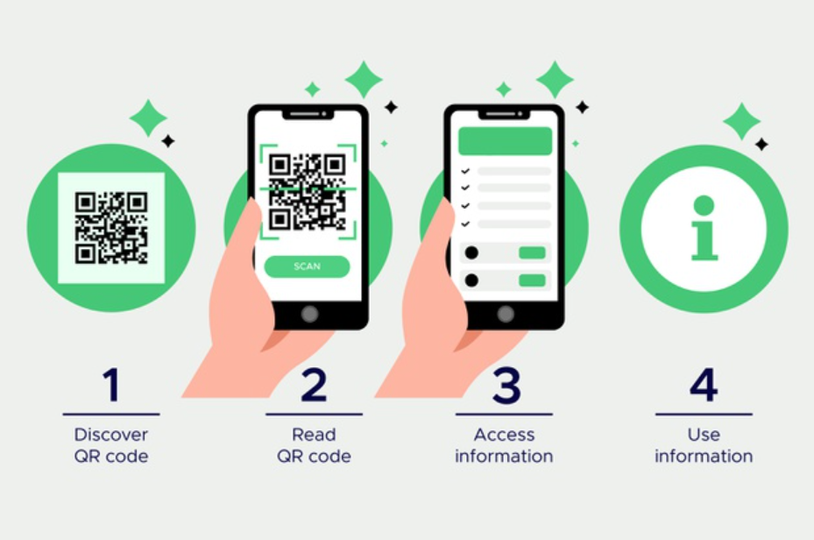Introduction:
In our modern era of digitization, Quick Response (QR) codes have become the silent conduits of information, bridging the physical and digital realms. While traditional QR Code reader online from image methods are well-known, the rise of online QR code readers has opened up a new avenue for decoding these pixelated gateways directly from images. In this article, we unravel the intricacies of online QR code readers from images, showcasing the simplicity and efficiency they bring to the world of digital exploration.
I. The Ubiquity of QR Codes:
A. Everyday Integration:
- QR codes have seamlessly woven into our daily fabric, appearing on product labels, advertisements, and business cards.
- Despite their unassuming appearance, QR codes serve as dynamic portals to a wealth of digital information.
B. Versatile Information Portals:
- QR codes are not static symbols; they are versatile information portals capable of storing diverse content, including website links, contact details, and multimedia experiences.
- This adaptability positions them as indispensable tools for instant information retrieval.
II. Navigating the Landscape of Online QR Code Readers:
A. Universal Accessibility:
- Online QR code readers from images provide universal accessibility, enabling users to decode QR codes from any device with an internet connection.
- This inclusivity eliminates the need for specific apps or devices, making the decoding process more versatile.
B. Platform Independence:
- Online QR code readers are platform-independent, ensuring a consistent decoding experience across various operating systems such as Windows, macOS, Linux, and more.
- Users can seamlessly interact with QR codes regardless of their digital environment.
C. User-Friendly Interface:
- Online QR code readers typically feature intuitive interfaces, simplifying the process of uploading images or utilizing device cameras for real-time decoding.
- The user-friendly design ensures accessibility for users with varying technical backgrounds.
III. Decoding the Digital Enigma: How to Use Online QR Code Readers from Images
A. Choosing a Reliable Platform:
- Select a reputable online QR code reading platform like "WebQR," "QR Code Reader," or "Online Barcode Reader."
- Navigate to the section specifically designed for image-based QR code decoding.
B. Uploading the Image:
- Upload an image containing the QR code through the platform's interface.
- The online QR code reader swiftly processes the image, extracting the encoded information within the QR code.
C. Instantaneous Display of Decoded Content:
- Once processed, the platform displays the decoded information, offering users immediate access to the digital content concealed within the QR code.
- This content may encompass website links, contact details, or any other information embedded in the code.
IV. Tips for an Optimal QR Code Reading Experience:
A. Optimize Image Quality:
- Use clear and high-resolution images to enhance the accuracy of the decoding process.
B. Ensure a Stable Internet Connection:
- A stable internet connection is crucial for swift image uploads and real-time decoding.
C. Select Reputable Platforms:
- Opt for well-established online QR code reading platforms to ensure data security and a reliable decoding experience.
Conclusion:
Online QR code readers from images usher in a new era of digital exploration, offering a seamless and versatile solution for decoding QR codes. As these pixelated gateways continue to play a vital role in our interconnected world, the convenience of online QR code readers ensures that users can effortlessly unlock digital content from a variety of sources. Whether scanning QR codes from printed materials, promotional content, or digital images, the power of online QR code readers transforms every code into a gateway for instant digital discovery, weaving together the physical and digital realms.
